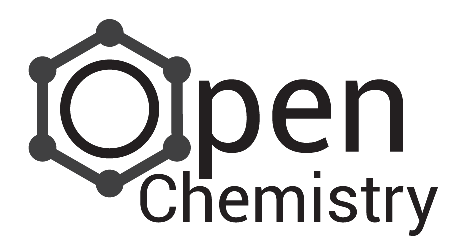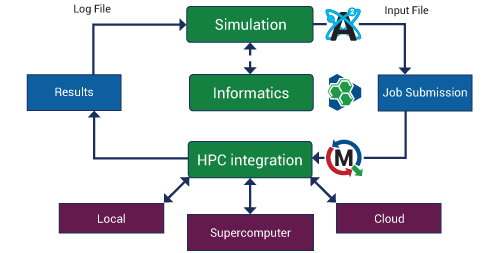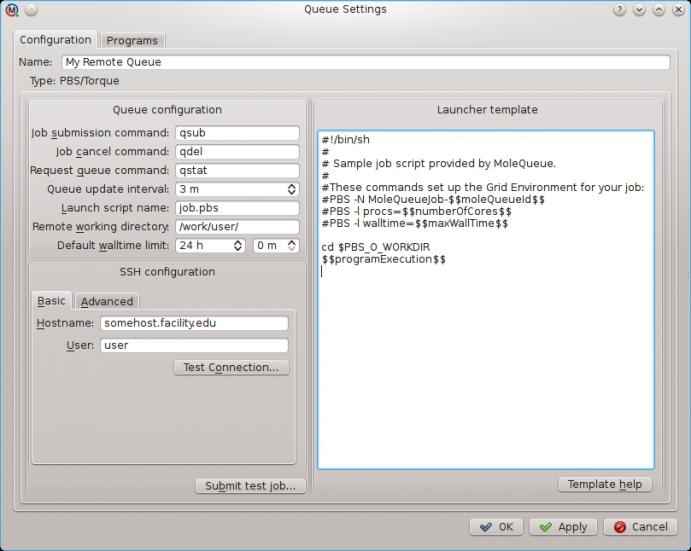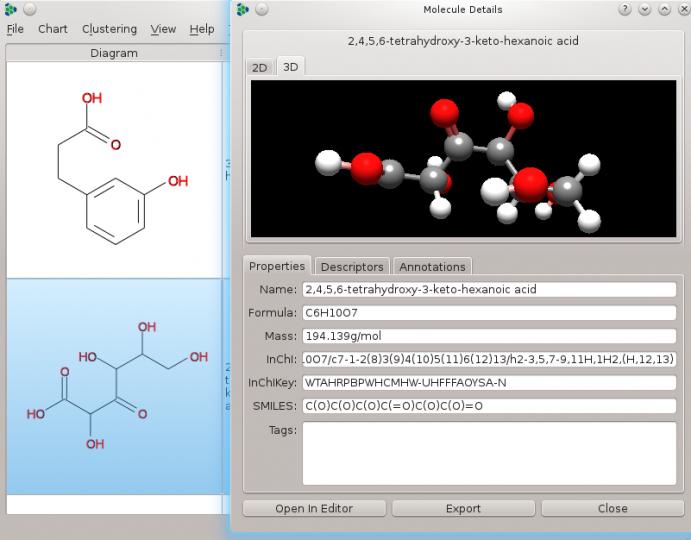First Open Chemistry Beta Release




Avogadro 2 is a rewrite of Avogadro; please see the recently-published paper for more details on Avogadro 1. Avogadro has been very successful over the years, and we would like to thank all of our contributors and supporters, including the core development team: Geoff Hutchison, Donald Curtis, David Lonie, Tim Vandermeersch, Benoit Jacob, Carsten Niehaus, and Marcus Hanwell. We also recently obtained permission from almost all authors to relicense the existing code under the 3-clause BSD license, which will make migration of code to the new architecture much easier.

- Scalable data structures capable of addressing the needs of large molecular systems.
- A flexible file I/O API supporting seamless addition of formats at runtime.
- A Python-based input generator API, creating an input for a range of quantum codes.
- A specialized scene graph for supporting scalable molecular rendering.
- OpenGL 2.1/GLSL based rendering, employing point sprites, VBOs, etc.
- Unit tests for core classes, with ongoing work to improve coverage.
- Binary installers generated nightly.
- Use of MoleQueue to run computational codes such as NWChem, MOPAC, GAMESS, etc.
Avogadro is not yet feature complete, but we invite you to try it out along with the suite of applications as we continue to improve it. The new Avogadro libraries feature much finer granularity; whereas before we provided a single library with all API, there is now a layered API in multiple libraries. The Core and IO libraries have minimal dependencies, with the rendering library adding a dependence on OpenGL, and the Qt libraries adding Qt 4 dependencies. This allows us to reuse the code in many more places than was possible before, with rendering possible on a server without Qt/X, and the Core/IO libraries being suitable for command line use or integration into non-graphical applications.
MoleQueue
MoleQueue is a new application developed to satisfy the need to execute computational chemistry codes locally and remotely. Rather than adding this functionality directory to Avogadro 2, it has been developed as a standalone system-tray resident application that runs a graphical application and a local server (using local sockets for communication). It supports the configuration of multiple queues (local and remote), each containing one-or-more programs to be executed. Applications communicate with MoleQueue using JSON-RPC 2.0 over a local socket, and receive updates as the job state changes. A recent Source article describes MoleQueue in more detail.

MongoChem
MongoChem is another new application developed as part of the Open Chemistry suite of tools, leveraging MongoDB, VTK, and AvogadroLibs to provide chemical informatics on the desktop. It seeks to address the need for researchers and groups to be able to effectively store, index, search and retrieve relevant chemical data. It supports the use of a central database server where all data can be housed, and enables the significant feature set of MongoDB to be leveraged, such as sharding, replication and efficient storage of large data files. We have been able to reuse several powerful cheminformatics libraries such as Open Babel and Chemkit to generate identifiers, molecular fingerprints and other artifacts as well as developing out features in the Avogadro libraries to support approaches to large data sets involving many files.

Putting Them Together
Each of the applications in the Open Chemistry suite listens for connections on a named local socket, and provides a simple JSON-RPC 2.0 based API. Avogadro 2 is capable of generating input files for several computational chemistry codes, including GAMESS and NWChem, and can use MoleQueue to execute these programs and keep track of the job states. Avogadro 2 can also query MongoChem for similar molecules to the one currently displayed, and see a listing sorted by similarity. MongoChem is capable of searching large collections of molecules, and can use the RPC API to open any selected molecule in the active Avogadro 2 session.
Acknowledgements
The development of the Open Chemistry workbench has been funded by a US Army SBIR with the Engineering Research Development Center under contract (W912HZ-12-C-0005) at Kitware, Inc.
This blog post is so well done. It reads like a fact sheet on these products. Thank you Marcus for taking the time to keep us informed of your recent progress.